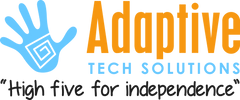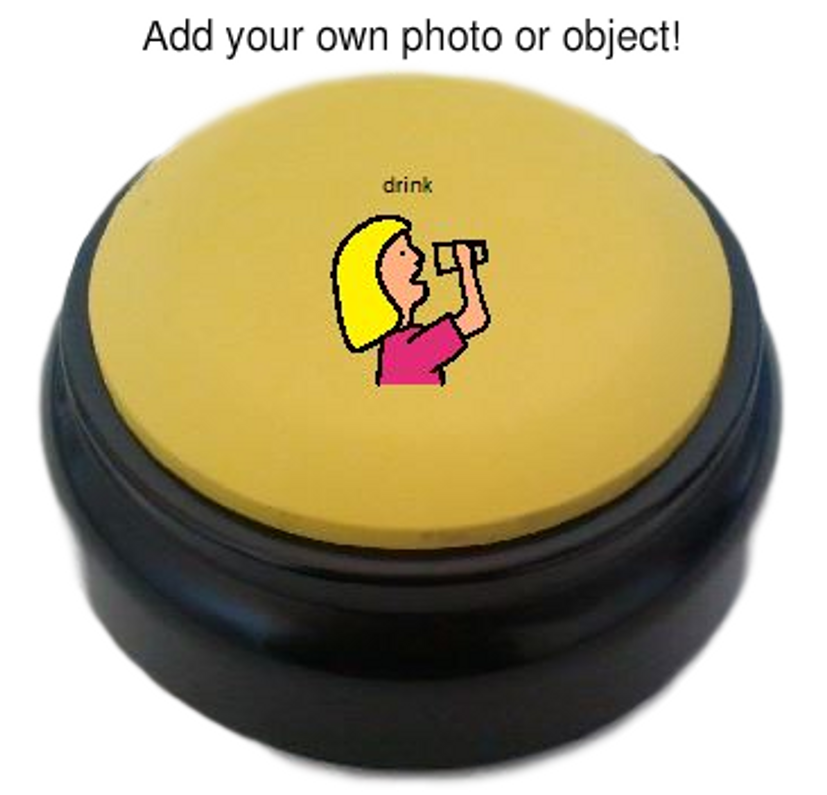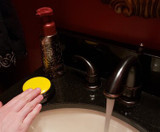Basic Information About Communication Devices
Communication devices come with two types of speech. One is digital, the other is recorded. Devices with digital speech should be in the user’s language and have a keyboard in the native alphabet. Messages are made by typing words/phrases (represented by a picture) that are then spoken by a digital voice in the chosen language. Most, but not all devices with digital speech in the US are going to be English, with some having the option of Spanish as well. Usually you cannot mix languages, meaning that if you choose Spanish as the language, you cannot have some messages delivered digitally in Spanish and some in English. They will all be delivered in Spanish or all in English. Many devices with digital speech do have the option of recording someone’s voice to represent some of the messages on the device. Devices with digital voice output usually have digital pictures, so you do not have to cut out paper pictures for each message. Devices with digital speech will be in whatever languages are offered by the device manufacturer and these voices will be in both genders. There are usually various voices to represent kids, juveniles, and adults with varying types of accents. These devices are generally a more robust, but more costly option.
Devices with recorded speech require the person who programs it to record their voice message for each picture. The pictures that represent the messages are printed on paper and are made by the caregiver/person programming the device. There are software programs to help make the pictures onto a sheet (the sheet is called an overlay). Some of these software packages are free, while others must be purchased. The software that can be used often is offered by the company that makes the communication device. So, for instance, we carry AbleNet products such as the BIGmack, QuickTalker, TalkingBrix, etc. AbleNet offers a free program to make overlays for their devices using your own photos. Attainment offers a paid version of their software to make overlays for their devices, such as the GoTalk. Their software contains the pictures already, so you don’t have to supply your own. Using this type of software is very helpful and less time consuming than trying to find pictures on your own that are the right size for the device. Devices with recorded speech will be in whatever language the programmer chooses since it is recorded. The voice gender will depend on who talks into the device while it is being programmed. Generally, the programmer should try to find someone of the same general age and gender to record the messages on the device. So, if you are programming a device for an older male, it’s best to use someone who is an older male to record the messages. Whereas if the user is a female child, you would want to find another female child to record the messages.
The devices carried by Adaptive Tech Solutions have recorded speech. So, you have the flexibility of having whomever you choose record their voice to make the messages. These devices are available from one single message, such as the Talk About! Communicator, to the SuperTalker Progressive Communication Device which has 108 messages. Communication devices accommodate a larger number of pictures (also known as “icons”) that represent the messages by having various numbers of levels. A level is like a page in a book. Each page has its own messages on it and these messages may be grouped by topic. So, generally, each level will pertain to a different topic. So, level or “page” one might have vocabulary about general wants/needs/social, another level might be mealtime related, another level might be telephone related vocabulary (to be used with a phone that has a speaker), etc.
Recent Posts
-
Encouraging Unilateral Weight-Bearing Exercises with a Switch-Adapted Toy: Ideas for Physical Therapy and Home Treatment Carryover
When working with young children who have limited understanding of cause and effect, finding ways to …Feb 10, 2025 -
Promote good hand hygiene using Assistive Technology!
As parents, teachers, and therapists, we all encourage the children we work with to practice good ha …Feb 17, 2021 -
Computer Adaptations for People with Parkinson’s Disease
According to the National Parkinson’s Foundation, Parkinson’s Is second only to Alzheime …Jun 22, 2020







